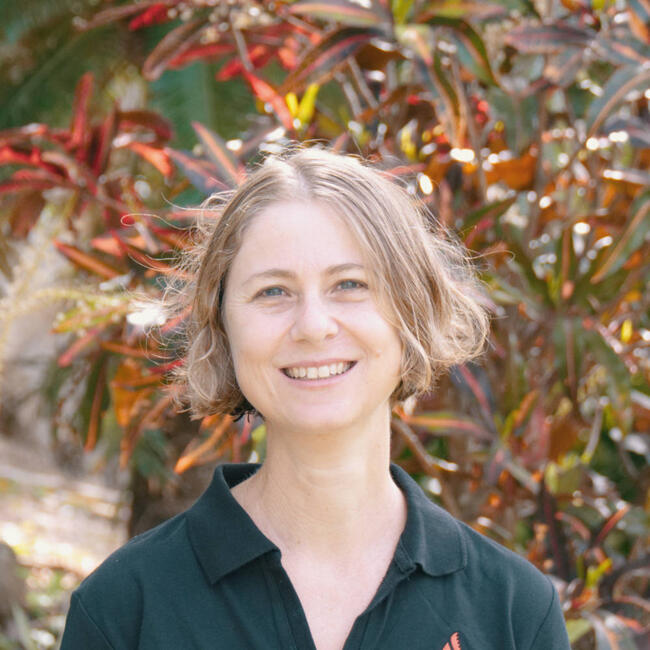Talaroo Fire Forum Focuses on Threatened Species
Talaroo Fire Forum Focuses on Threatened Species
Words Juliana Foxlee | Photo James Donaldson
Cape York NRM are partnering with Northern Gulf Resource Management Group (Northern Gulf RMG) to facilitate opportunities for Aboriginal people to showcase and share their cultural fire knowledge and establish a network of Aboriginal fire practitioners.
The first stages of this work saw Northern Gulf RMG coordinate an on country fire workshop at Talaroo Station in the northern Gulf area in May 2019. The event was hosted by the Ewamian Aboriginal Corporation.
Around 40 people participated in the three - day event including Traditional Owner groups and representatives from Queensland Parks and Wildlife Service, James Cook University, and the Department of Environment and Science.
Participants spent time on country learning about cultural burning and how appropriate use of fire helps protect significant species including endangered golden-shouldered parrots.
The event also featured discussion on a North Queensland Indigenous Fire Practitioners Network and how to move the initiative forward. The Network will enable Traditional Owners involved in burning practices to share knowledge and experiences on how cultural fire management delivers outcomes for carbon, improved soil and water quality and ecological conservation.
Cape York NRM Operations Manager Peta - Marie Standley was a masterclass facilitator at the event.
Peta-Marie said she was honoured to be a part of the Forum, which also featured Cultural Fire Practitioner Victor Steffensen, Indigenous Ethnobotanist Gerry Turpin and Ewamian people sharing cultural knowledge, fire management knowledge and plans for the management of country.
Northern Gulf RMG Biodiversity Officer James Donaldson said the Forum and the North Queensland Indigenous Fire Practitioners Network meeting were vital elements in a broader strategy to protect the endangered golden-shouldered parrot.
‘Golden-shouldered parrots are a distinctive, colourful parrot with a unique approach to nesting. Turquoise, with a pink belly and yellow streak across the wings, the males of this species are particularly striking,’ James said.
‘These parrots live in grassy savannahs where they spend much of their time feeding on fallen grass seeds. Towards the end of the wet season, golden-shouldered parrots begin nesting. Unlike most parrots, golden-shouldered parrots use termite mounds as nests, excavating a nesting chamber into the side of the mound.’
‘Unfortunately, due to a combination of factors including changing fire regimes, grazing, feral pigs and weeds, these parrots which were once widespread across the Gulf and Cape are now restricted to a handful of small populations and are nationally listed as endangered. Inappropriate fire regimes are a key threat to the golden-shouldered parrot and the landscape more broadly.
‘Training Aboriginal and Torres Strait Islander Rangers and other land managers in the appropriate use of fire in the landscape will increase knowledge, skill and capacity to address this key threatening process affecting golden-shouldered parrots across their country.’
This project is supported by Cape York NRM and Northern Gulf RMG through funding from the Australian Government’s National Landcare Program.
-
< prev
-
next >


